Expansion of Retail Channels
The expansion of retail channels significantly impacts the Retail Interactive Kiosk Market. As retailers diversify their sales channels, the need for interactive kiosks becomes more pronounced. Kiosks serve as versatile tools that can be deployed in various settings, including shopping malls, airports, and events, providing customers with easy access to products and services. The rise of omnichannel retailing, where consumers engage with brands across multiple platforms, further drives the demand for kiosks. Recent estimates indicate that the omnichannel market is expected to grow by 25% in the next few years. This trend suggests that retailers will increasingly rely on interactive kiosks to bridge the gap between online and offline shopping experiences, thereby propelling growth in the Retail Interactive Kiosk Market.
Rising Consumer Expectations
Rising consumer expectations play a pivotal role in shaping the Retail Interactive Kiosk Market. Today's consumers demand seamless and engaging shopping experiences, prompting retailers to adopt interactive kiosks as a solution. These kiosks provide instant access to product information, promotions, and services, aligning with consumer desires for convenience and efficiency. Recent surveys indicate that over 70% of consumers prefer shopping environments that offer interactive technology. As retailers strive to meet these expectations, the adoption of kiosks is likely to increase, driving growth in the Retail Interactive Kiosk Market. This shift not only enhances customer satisfaction but also fosters brand loyalty, as consumers appreciate the innovative approaches retailers take to improve their shopping experiences.
Integration of Advanced Technologies
The integration of advanced technologies significantly influences the Retail Interactive Kiosk Market. Innovations such as artificial intelligence, machine learning, and augmented reality are being incorporated into kiosks to enhance user engagement and functionality. For instance, AI-driven kiosks can provide personalized recommendations based on customer preferences, thereby improving the shopping experience. The market for AI in retail is expected to reach USD 19 billion by 2027, indicating a robust growth trajectory. This technological evolution not only attracts consumers but also encourages retailers to invest in interactive kiosks, as they seek to differentiate themselves in a competitive landscape. Consequently, the Retail Interactive Kiosk Market is poised for substantial growth as technology continues to evolve.
Increased Demand for Self-Service Solutions
The Retail Interactive Kiosk Market experiences a notable surge in demand for self-service solutions. Consumers increasingly prefer self-service options for their convenience and efficiency. This trend is particularly evident in sectors such as retail, where kiosks facilitate quick transactions and reduce wait times. According to recent data, the self-service kiosk segment is projected to grow at a compound annual growth rate of approximately 10% over the next five years. Retailers are adopting these kiosks to enhance customer experience and streamline operations, thereby driving growth in the Retail Interactive Kiosk Market. As businesses recognize the value of self-service technology, investments in interactive kiosks are likely to increase, further solidifying their presence in retail environments.
Cost Efficiency and Operational Streamlining
Cost efficiency and operational streamlining are critical drivers in the Retail Interactive Kiosk Market. Retailers are increasingly recognizing the potential of kiosks to reduce labor costs and improve operational efficiency. By automating tasks such as order processing and customer inquiries, kiosks allow staff to focus on more complex customer service needs. Data suggests that businesses implementing kiosks can reduce operational costs by up to 30%. This financial incentive encourages more retailers to invest in interactive kiosks, as they seek to optimize their operations while enhancing customer service. As the demand for cost-effective solutions continues to rise, the Retail Interactive Kiosk Market is likely to witness sustained growth.

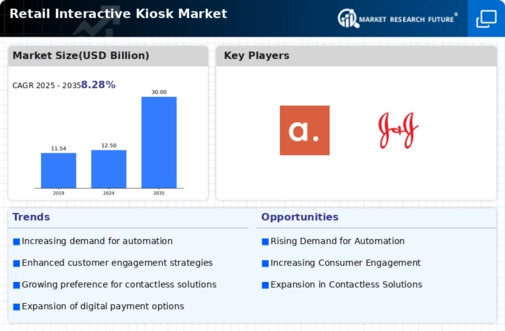
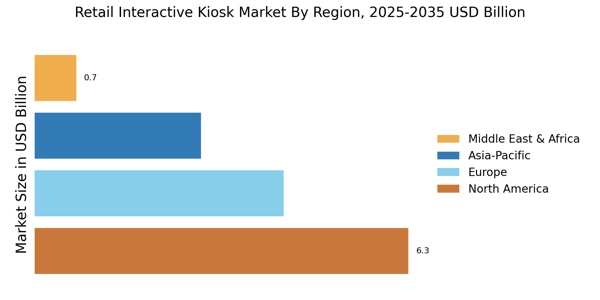
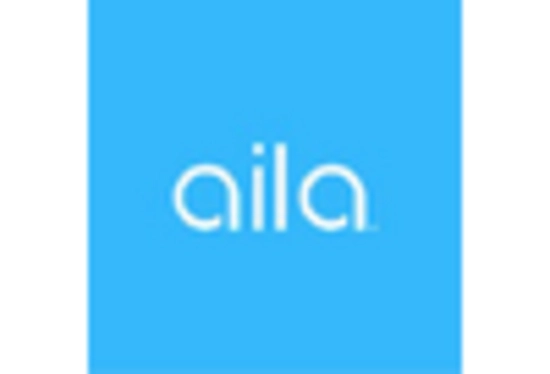
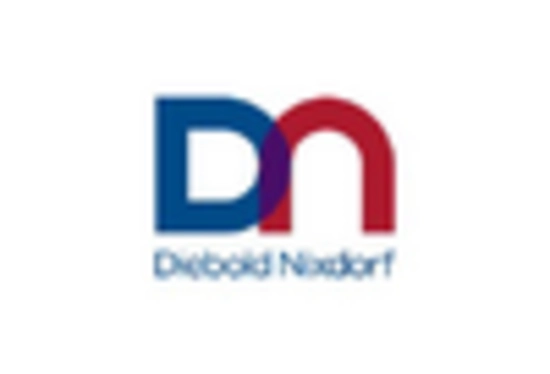
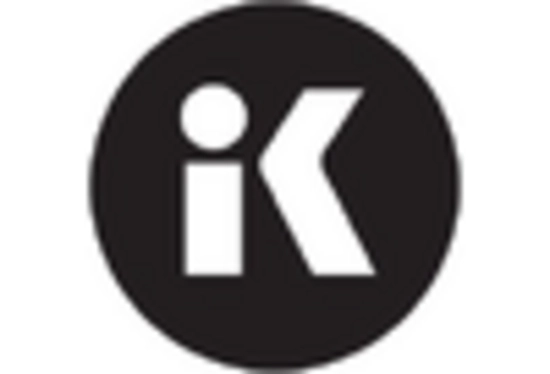
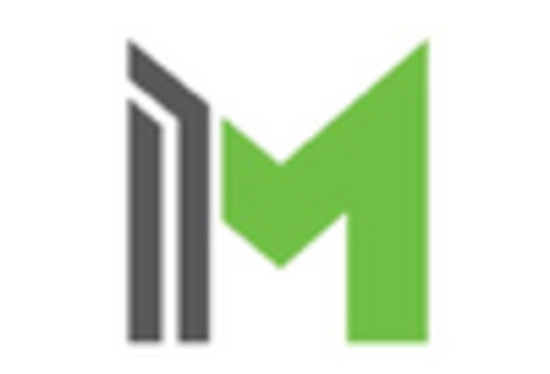
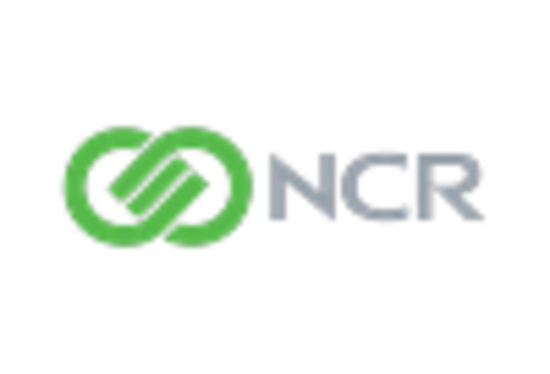
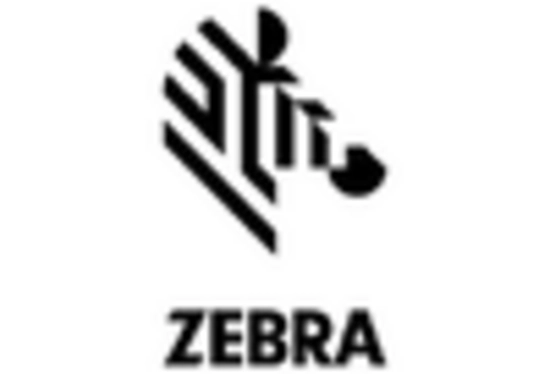








Leave a Comment